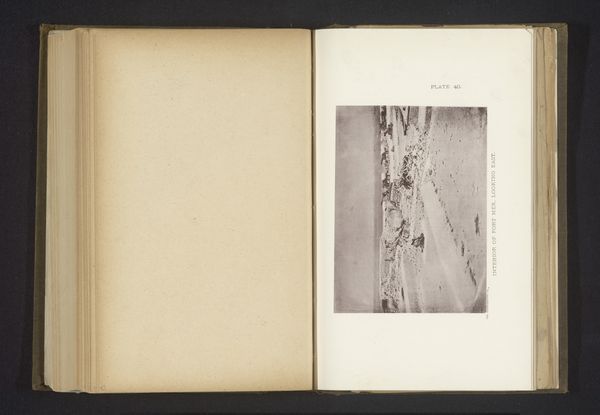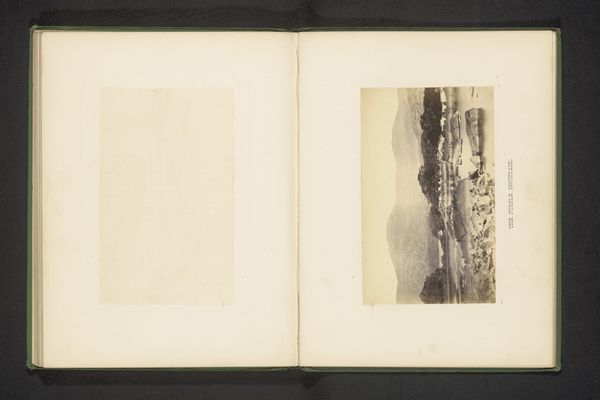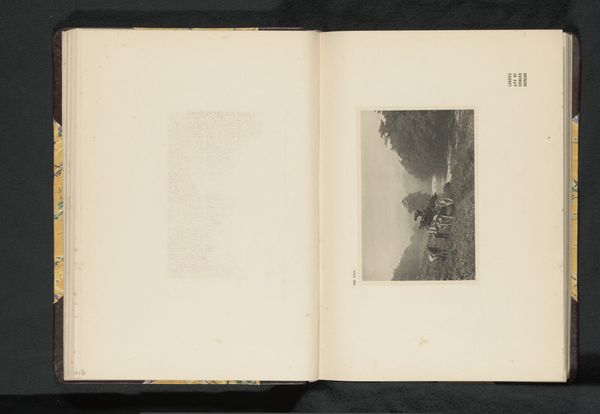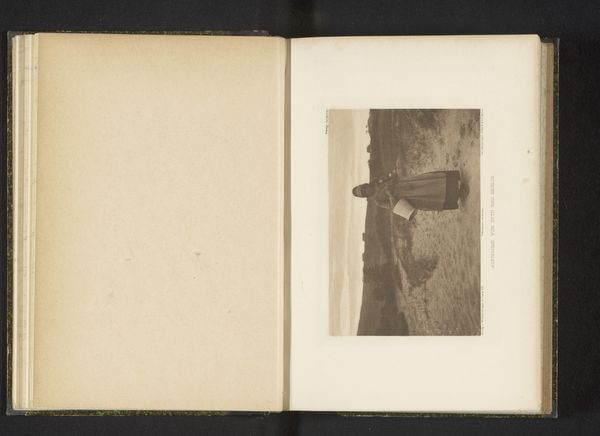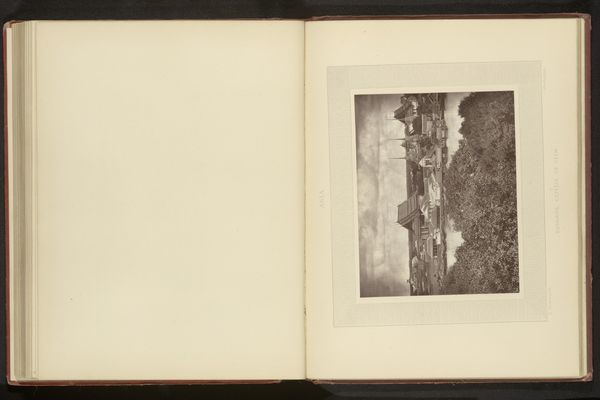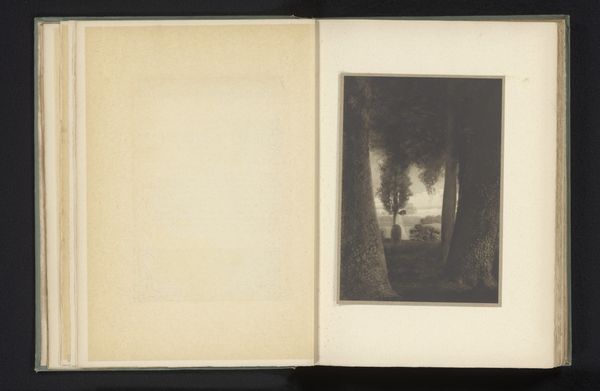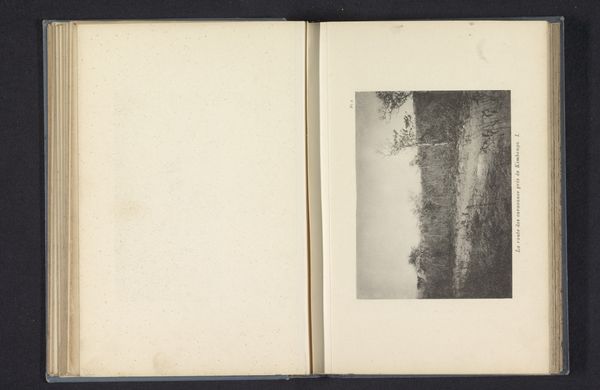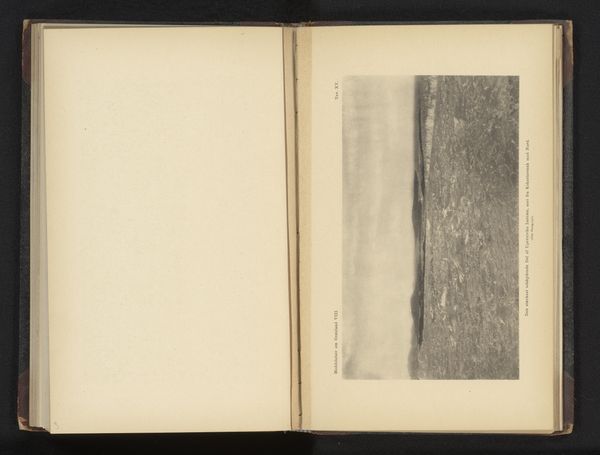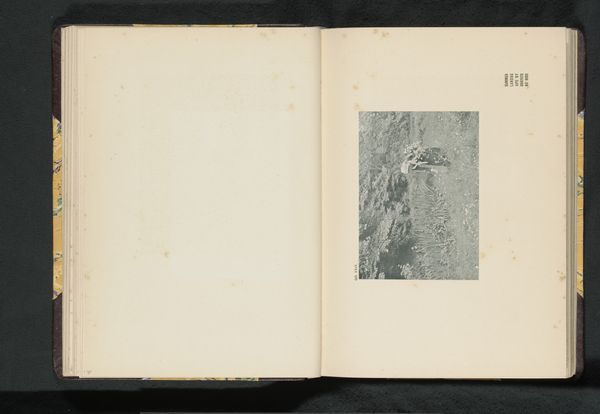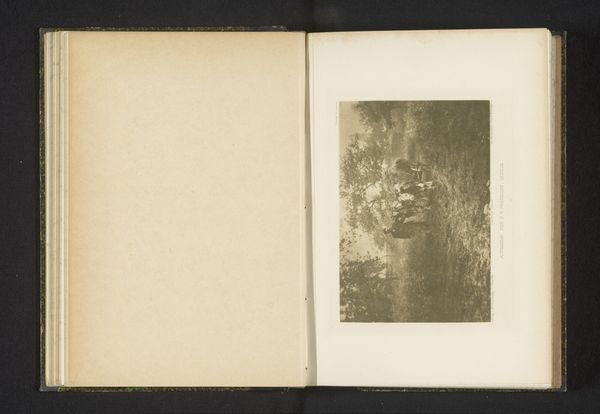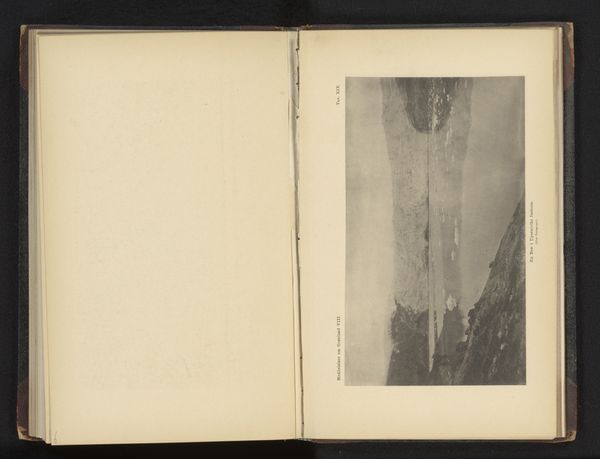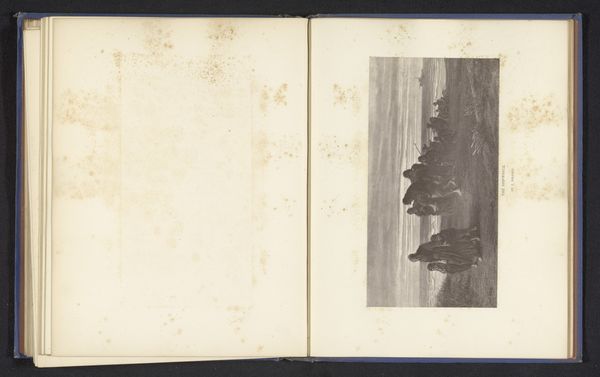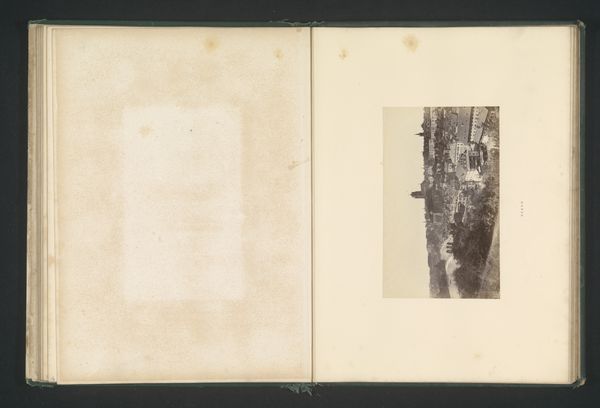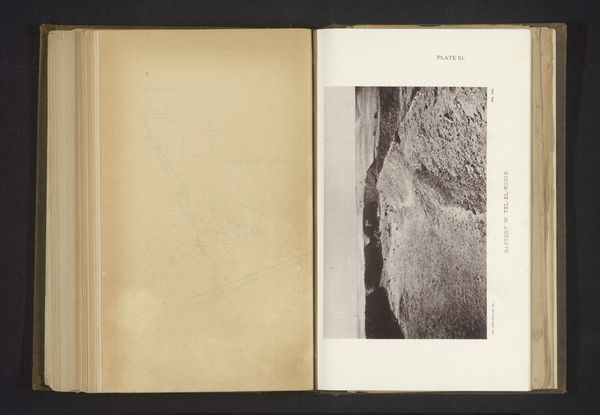
print, photography, albumen-print
#
aged paper
#
homemade paper
#
paperlike
# print
#
paper texture
#
photography
#
hand-drawn typeface
#
ancient-mediterranean
#
orientalism
#
thick font
#
cityscape
#
handwritten font
#
thin font
#
albumen-print
#
historical font
#
small font
Dimensions: height 92 mm, width 129 mm
Copyright: Rijks Museum: Open Domain
Curator: Here we have an albumen print, dating to before 1885, entitled "Gezicht op een westelijk plein van fort Omuk Kebebe in Alexandrië"—"View of a Western Square of Fort Omuk Kebebe in Alexandria." Editor: Immediately, I'm struck by the desolation, the palpable absence of life. It's not simply empty; there's an oppressive stillness hanging over the scene. The tones and textures evoke dry heat and crumbling architecture. Curator: Yes, the very choice of albumen print contributes to that feeling of faded grandeur, reflecting, I think, the intersection of colonial gaze and orientalist fantasy of that era. These photographs documented and, in a way, possessed these locations. Editor: You know, that crumbling facade and shadowed doorway pull me right into the symbolic heart of ruins—that ever-present memento mori, coupled here, crucially, with the cultural baggage of western imperialism. What continuities might we find there? Curator: Precisely, the romanticism of decay intertwined with a power dynamic that we must not overlook. The visual language is of exploration and documentation but serves also as a display of dominance. Editor: Right. And in thinking about the persistence of symbols—take that doorway for example. Does it suggest passage, enclosure, or some psychological middle ground, mediating between past and future, between self and the inscrutable "other"? Curator: And doesn't it further signify the power dynamics inherent in this kind of documentation, which seeks to categorize the unfamiliar according to an imperial ideology? These early photographic records are complex articulations. Editor: Exactly. Understanding the social lens that forged such a perspective is fundamental. Only then, might one appreciate it without replicating historical and cultural oversights. Curator: I find myself increasingly drawn to exploring how the very act of choosing a certain perspective affects the narrative we take from the image. It's an essential discourse for reassessing these historical records. Editor: Indeed. This has given me more to contemplate than initially imagined—a convergence of symbols and ideas to chew over.
Comments
No comments
Be the first to comment and join the conversation on the ultimate creative platform.
